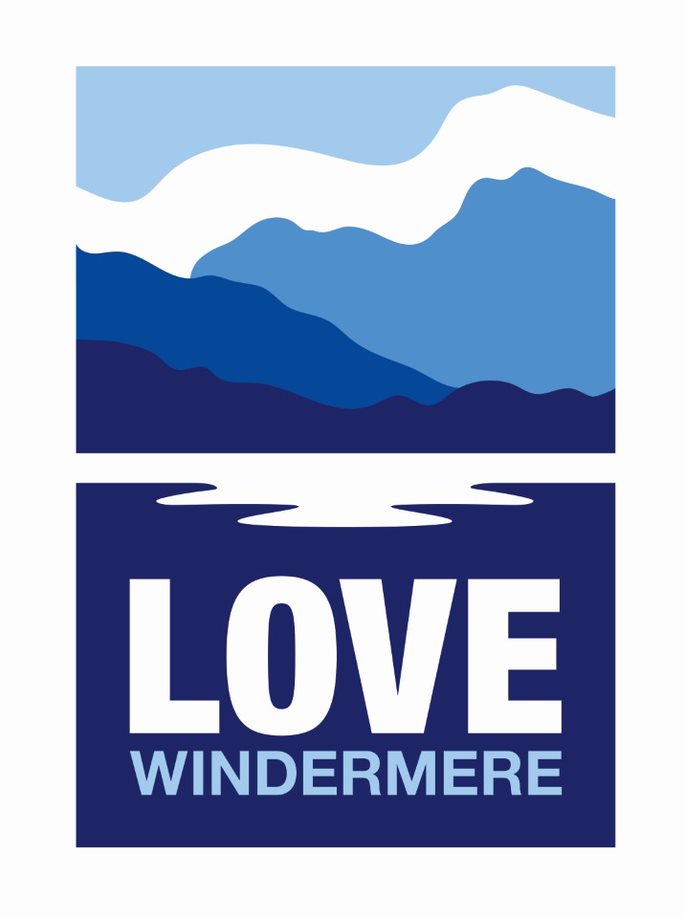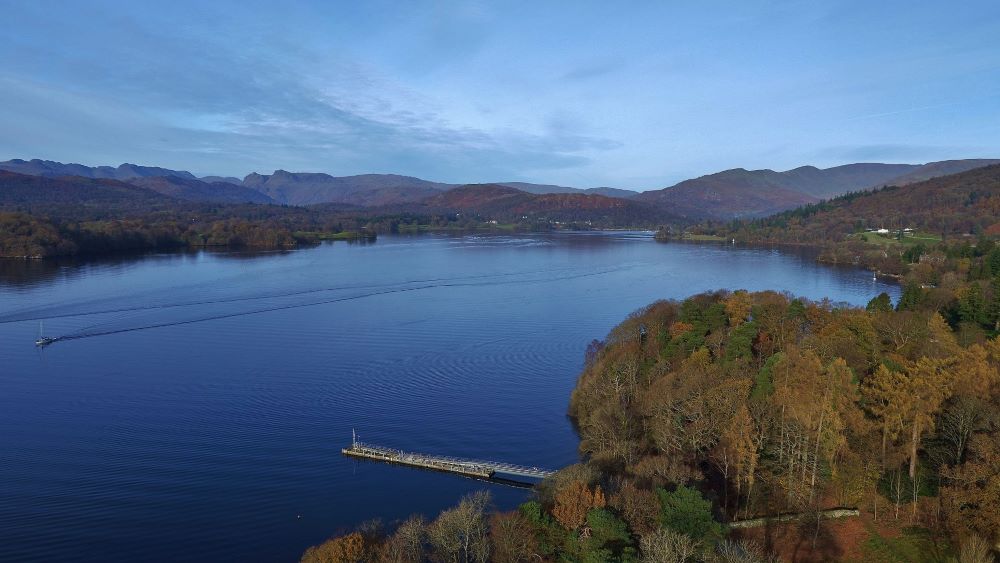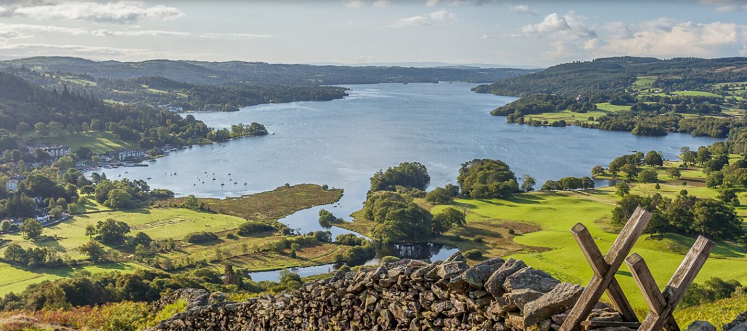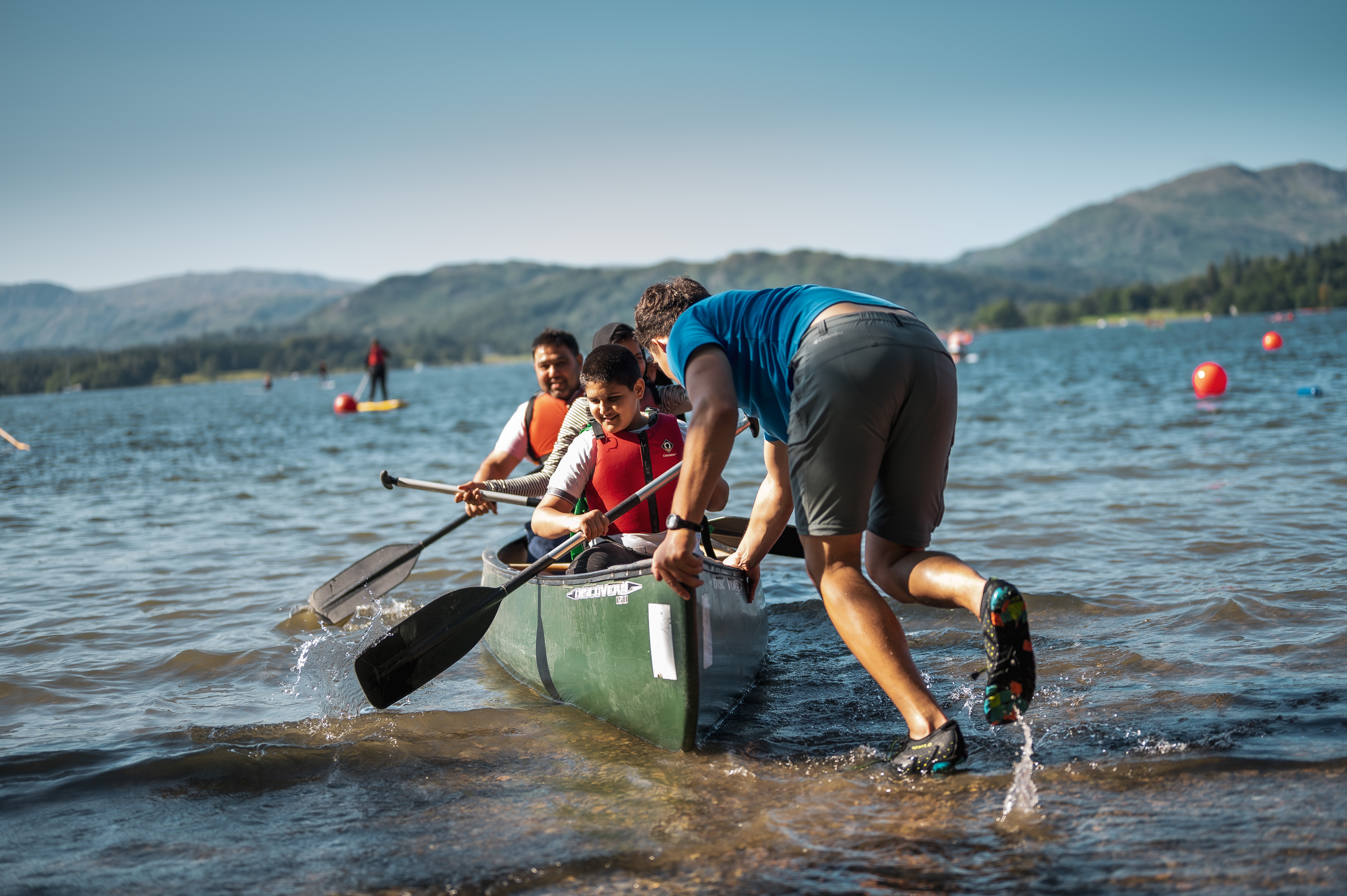 The Love Windermere partnership is working to bring about a healthier future for the lake, by balancing the needs of nature, the community and local economy.
The Love Windermere partnership is working to bring about a healthier future for the lake, by balancing the needs of nature, the community and local economy.
Over the past 50 years, concerns have been raised about the health of Windermere lake, in particular algal blooms and bacterial pollution. Although phosphorus levels have been steadily declining since the 1980s, the overall water quality of Windermere isn't as good as it could be. This is a result of both climate change and nutrient inputs from:
- rural land use
- United Utilities storm overflows and treatment works
- private septic tanks.
We're working alongside organisations and the community to tackle the water quality challenges in and around Windermere through science-based actions. Find out what's happening on this page below.
Updated 25 March 2025
Projects to improve Windermere:
- The Big Windermere Survey is a citizen science project by the Freshwater Biological Association aiming to provide evidence and understanding about water quality in Windermere and its catchment. More than 100 members of the community collect water samples for independent laboratory analysis from Lancaster University, then data are used to inform decision making processes and to bring about action and change at pace within the catchment, in order to maintain and to improve water quality.
- South Cumbria Rivers Trust is working with volunteers to restore reed beds around the north of the lake, encouraging natural processes to remove nutrients from the lake sediment.
- The Lake District Foundation and Environment Agency are working with owners of septic tanks to develop community emptying schemes and share tips about how to best manage private sewerage systems. Look out for 'Call of Nature' information.
- United Utilities is working with food outlets and restaurants in and around Windermere with tips to avoid constricting sewers with fatty waste which can lead to sewage spilling into the environment.
- South Cumbria Rivers Trust and the Environment Agency are trialling innovative technology that, if successful, could be used to remove nutrients from septic tank effluent at a relatively low cost.
- The Environment Agency take samples and monitor water quality at four bathing water locations on Windermere until the end of the bathing water season. Farm inspections across the catchment will continue to focus on reducing diffuse pollution.
- The Lake District National Park Authority launched the Revere project to study water quality issues and develop nature-based solutions, working with land managers. Solutions being considered include planting riparian (trees next to rivers) woodland and creating new wetland habitats. Revere is a collaboration between Palladium and National Parks Partnerships. New funding was announced in October 2023 from Santander UK as part of the Revere project to explore new nature-based solutions. Read more in the Revere press release.
- A Love Windermere public drop-in event was held on 14 February 2023, at Brockhole on Windermere. More than 80 local residents, including wild swimmers, councillors and local business representatives came along to ask questions about the partnership’s plans to protect the lake.
- Love Windermere partners launched a website to keep people informed about activity in the Windermere catchment: Love Windermere website.
- Can you help? Donate to Love Windermere through the Lake District Foundation.
- More needs to be done to tackle all sources of pollution, not just sewage - read the Environment Agency's blog
- 'A Changing Windermere' landmark science and data report on Windermere's water quality is released in March 2025.
Love Windermere partners:
Windermere water quality FAQs:

If your property in or around Windermere is not serviced by mains drainage, it is really important to look after your sewage system as it can affect water quality in the whole area. There are some simple steps to take, such as regular emptying and choosing phosphate-free products. All properties in the area have been sent information from the Environment Agency and Lake District Foundation, and you can find out more on the Call of Nature website.

Visit the Love Windermere partnership website for the latest news on this important project.

Places to visit, things to do, boat hire, walking routes and bike hire around Windermere.
Related pages about Windermere water quality
 The Love Windermere partnership is working to bring about a healthier future for the lake, by balancing the needs of nature, the community and local economy.
The Love Windermere partnership is working to bring about a healthier future for the lake, by balancing the needs of nature, the community and local economy.

